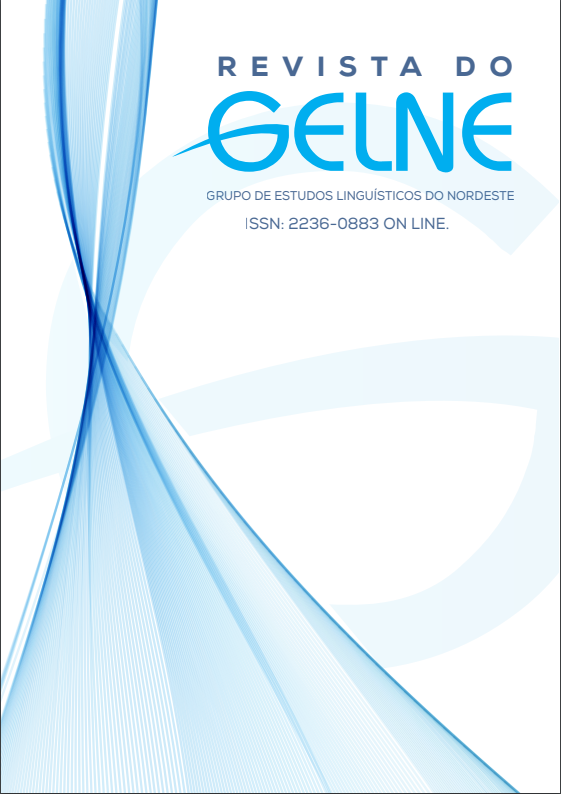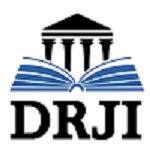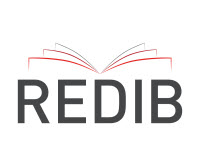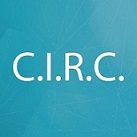Análise de iconicidade das variantes do termo coronavírus em língua brasileira de sinais – LIBRAS
DOI:
https://doi.org/10.21680/1517-7874.2021v23n2ID23978Abstract
Currently, since the COVID-19 comes up around the world, the people need more information
and communicate remotely. In addition, it was created a technical léxicon for signers in sign
languages in this new scenario. Thus, this article aims to analyze the iconic formation of signs
referring to term “coronavirus” in Brazilian Sign Language – Libras, at the phonological and
morphological levels, through analysis of the structural aspects of the signs and the description of
this lexicon according to model proposed by Taub (2004). As a methodology, we adopted the
exploratory level and it is characterized as a basic research type. We selected 3 videos from social
networks that each presented a variant of the coronavirus signal, these variants were analyzed
qualitatively. As results, (i) the process of creating these signs reveals motivations related to the
origin of the disease, the structure of the virus and the contagion and symptoms of the disease and;
(ii) the phonological structure of the variants reveals the important role of hand shape and
movement in the constitution of signs. Therefore, we conclude that in emerging lexicons, the
iconicity has a fundamental role in the constitution of terms, this factor does not lower sign
languages to the status of non-natural languages, but rather demonstrates a peculiarity of these
languages, the iconicity. And, it shows the richness of visual-gestural languages.
Downloads
Downloads
Published
How to Cite
Issue
Section
License
Copyright (c) 2021 Revista do GELNE

This work is licensed under a Creative Commons Attribution-NonCommercial-ShareAlike 4.0 International License.

Este trabalho foi licenciado com uma Licença Creative Commons - Atribuição - NãoComercial - CompartilhaIgual 3.0 Não Adaptada.

 Português (Brasil)
Português (Brasil) English
English Español (España)
Español (España)









.jpg)




